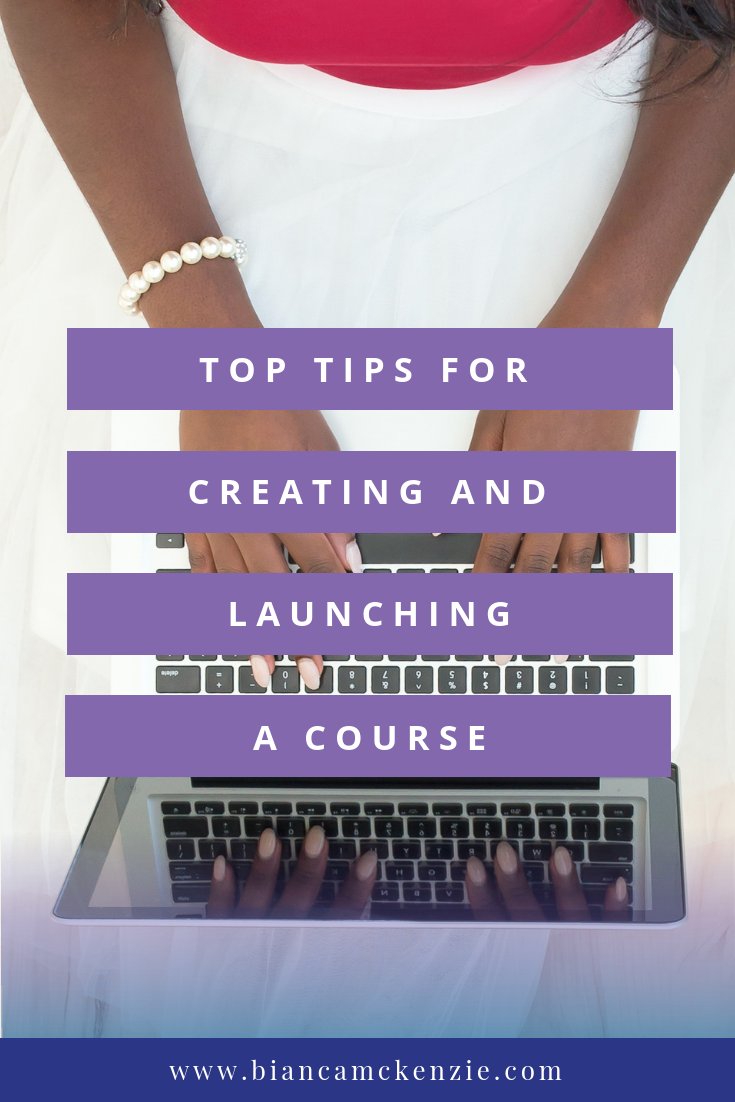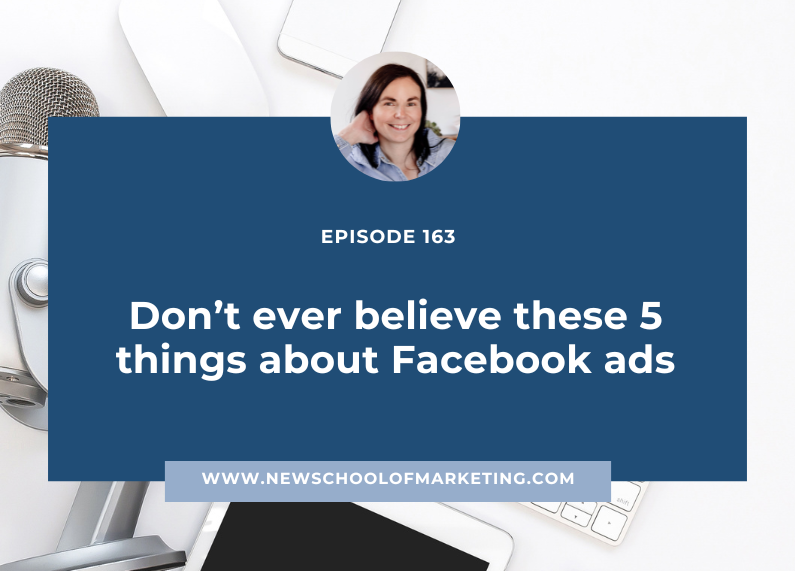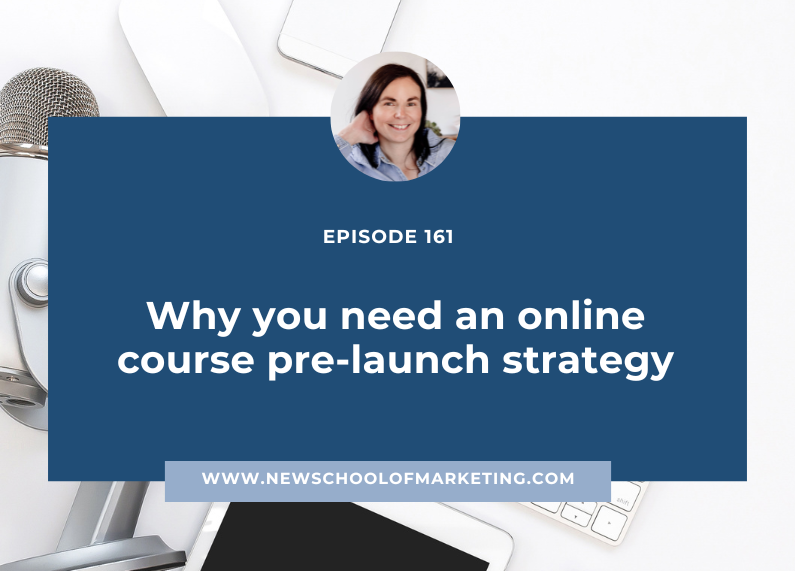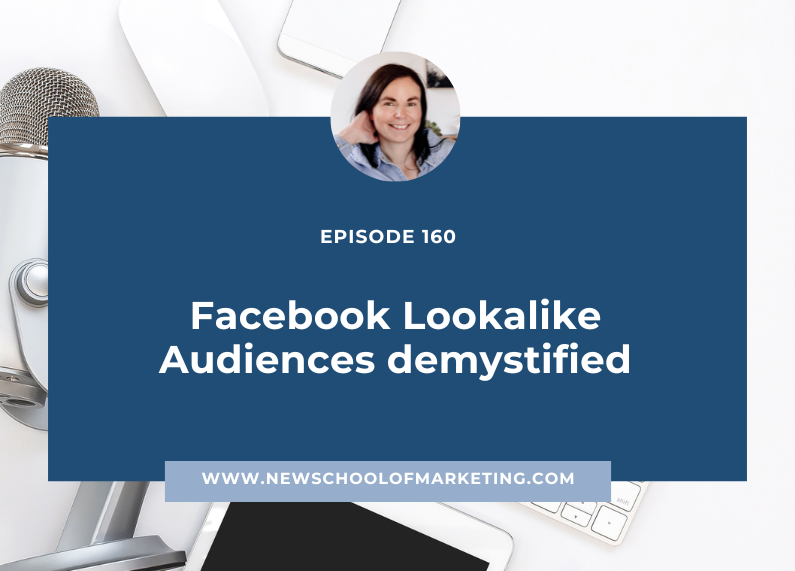
If you have been online for a while you’ll notice that there is a lot of promotion and encouragement to create an online course. Many see it as the holy grail of ‘passive income’.
Whilst it’s a wonderful tool to teach your audience a skill, it’s by no means passive and not always the ‘easiest’ way to make an income even though some will have you believe it is.
If you’re interested in creating and launching an online course, I’d like to give you some tips. Over the past 8 years I have created and launched numerous online courses. Some are doing well, some are no longer running. I’m by no means an expert but I’d like to share my insights and lessons with you.
Get help from a course or mentor
There is so much to go through in launching and building a course that it could take you years to figure it all out by yourself. I suggest that if you want to start making money from your work sooner rather than later, you get the help from a mentor or an online course. In my first year of business this was one of the investments I made as I could see how it would get my course online faster. I joined Kathryn Hocking’s e-course launch formula and a few months later I launched my own online course. ECLF guided me through the complete process, from concept to launch.
Be clear on what your target market wants and needs
I’ve seen many people launch courses and then to never see them again because nobody bought them. That’s why it’s important to do your research and find out if there is a market for what you are wanting to teach. There is a difference in what people want and what people need so sometimes your idea has merit but it depends on how you market it. For example, people want to fit into their pre-pregnancy clothing (their ‘want’) and for that they might need some meal plan or fitness course (their ‘need’). Your marketing should be based on their wants, but your course material is based on their needs.
Build an audience first
Over the years I’ve seen people launch courses ‘out of the blue’ and expect people to buy it but they actually don’t have an audience. If people haven’t heard from you or you are a brand new business, it’s highly unlikely that they’ll purchase from you. Firstly, they may not even find you unless you have a large advertising budget and secondly, they often seek out those who have some credibility (i.e. testimonials) on their pages. Build your audience first, then launch to those who are already following you.
Get comfortable with launches
Unless you’re adopting an evergreen model, I suggest that you get comfortable with launches. To sell your course you need to launch, you need to promote it or nobody will be able to find it. Launching can be daunting, it can be stressful and it can be disheartening but you will get there if you persevere. My first launch had 5 people purchase, which at the time I wasn’t happy with but looking back it is actually a fantastic result as my list was super small. I gave those 5 people my all and then kept building it up. Even if you are looking to put your course on an evergreen model, I still suggest launching it a few time. Launches give you a lot of insights into what to tweak and this data is invaluable.
Be prepared for the long term
Launching a course is a long term game. Like I mentioned before, my first launch sold 5 spots and although I was hoping for more it also taught me so much. Keep going, keep improving, keep marketing, keep building your audience. It’s a long term strategy.
Use Facebook ads to speed up the process
Launching a course is a numbers game. On average 2-3% of your email list converts to a sale, so you can see that you need to grow your list in order to grow sales into your course. Facebook ads helps you speed up this list building process. Promoting your freebie (or opt-in gift) via Facebook ads helps you grow your list much faster than it would organically. To find out more about list building with Facebook ads and how I can help you, visit fbadsforlistbuilding.com
Know your numbers
As mentioned before, on average 2-3% of your list converts into a sale so you need to know your numbers. Firstly, find out if your course conversion performs at an average level, or higher, or lower. From there on you need to find out other numbers, such as how many people visit your sales page vs how many convert, how many read your sales emails, where do they drop off etc. Knowing your numbers is crucial in launching a course. At some stage I thought I had a conversion problem, but looking at my numbers showed that I had a traffic issue. People were converting but I wasn’t getting enough people to my site.
You don’t need to start off with all the technology
I see lots of people launching courses with all the bells and whistles before they’ve tested the market. You don’t need to spend lots of money on a designer sales page, all the membership software, big email marketing platforms etc. I suggest that you test your market first which you can easily do with a platform such as Mailchimp or Convertkit. You can start by emailing your course content to your participants, or create a pdf workbook with some videos that are hidden or password protected on Vimeo.
I hope these tips and insights help you move forward with your course launch. Can’t wait to see what you create.
Disclosure: Some articles on this site may contain affiliate links, meaning, at no additional cost to you, Bianca McKenzie may earn a commission if you click through and make a purchase.









0 Comments